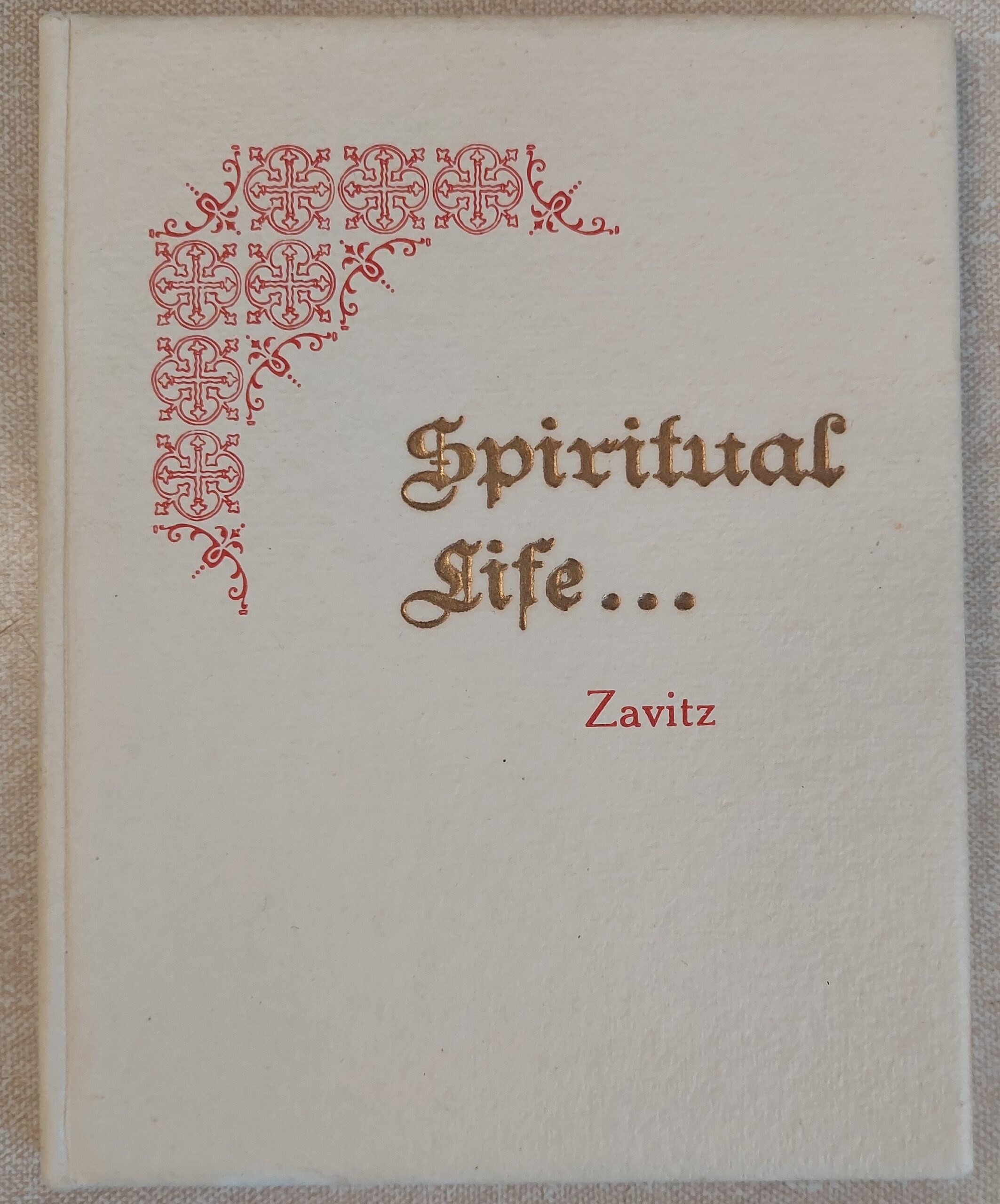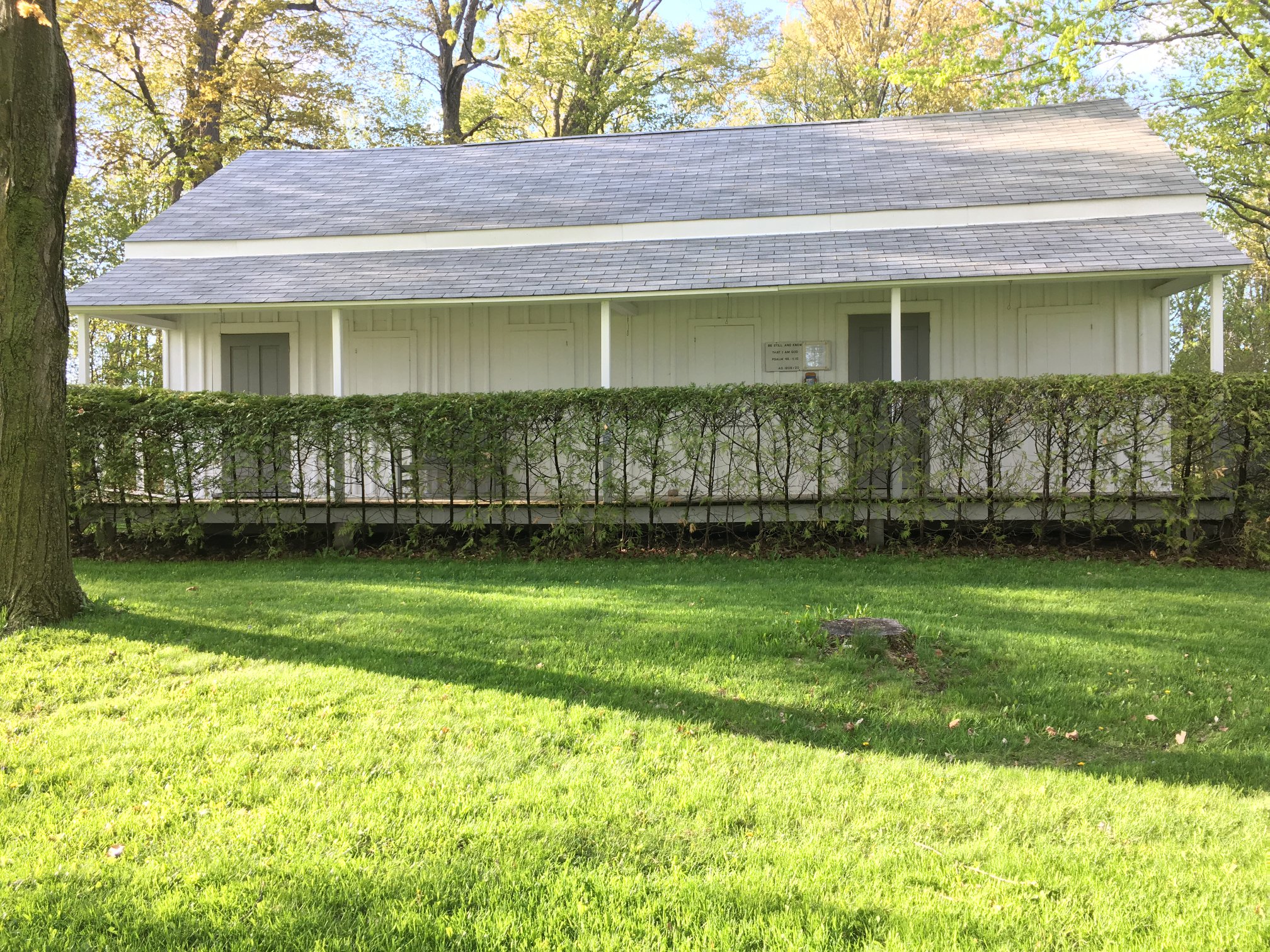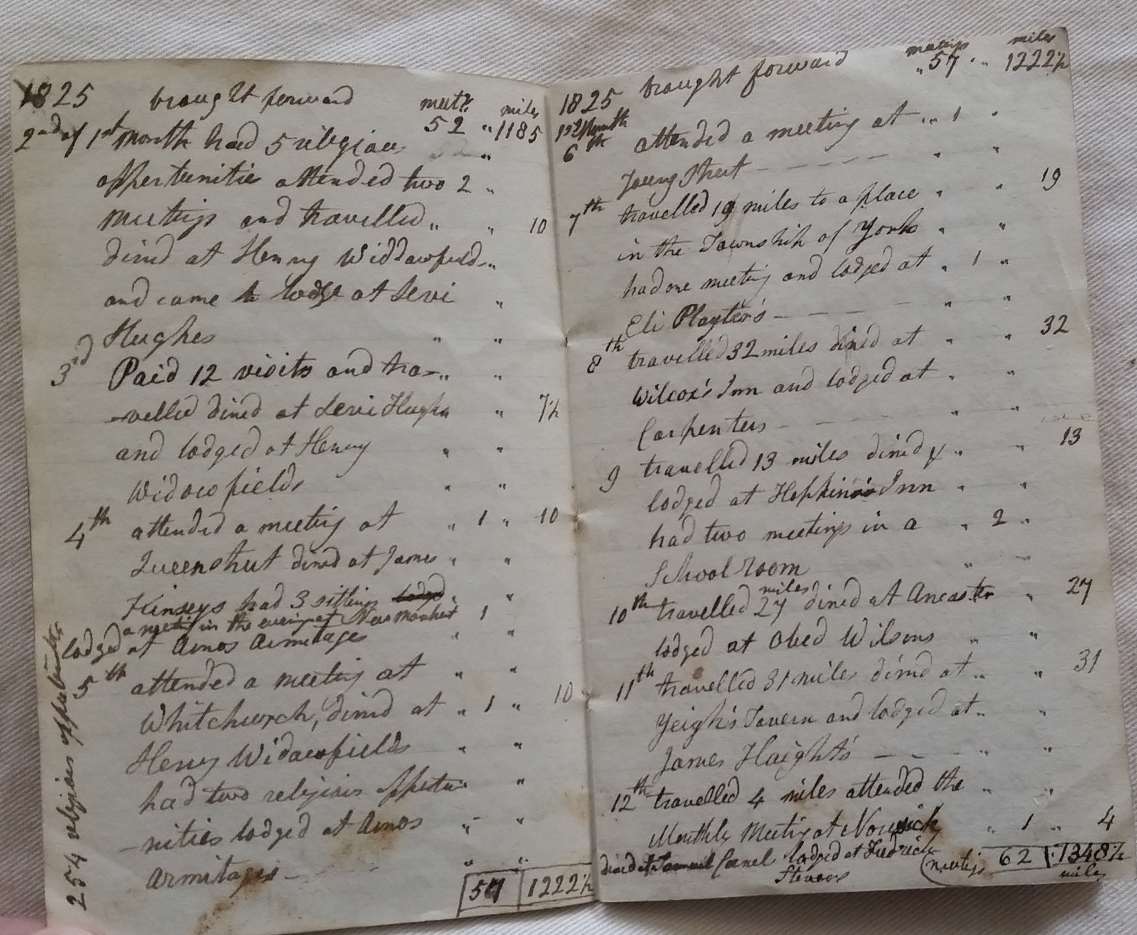 From the estate of Gordon Thompson, we have received a large volume of papers relating to his work with the CFHA and his personal search for meaning in Quaker principles and thought. While the archiving of these papers is ongoing, we have also acquired a few non-archival items of interest. In some special cases, we will take books that are small press, old, or otherwise limited in run, ideally local to areas of Canadian Quaker concern, and explicitly on topics of interest to our members and researchers.
From the estate of Gordon Thompson, we have received a large volume of papers relating to his work with the CFHA and his personal search for meaning in Quaker principles and thought. While the archiving of these papers is ongoing, we have also acquired a few non-archival items of interest. In some special cases, we will take books that are small press, old, or otherwise limited in run, ideally local to areas of Canadian Quaker concern, and explicitly on topics of interest to our members and researchers.
 In this case, we accepted a beautiful small-press chapbook by Charles Zavitz. In broader history, Zavitz is known as the man who introduced soybeans as a crop to Canadian agriculture. In Quaker terms, he was born into the Coldstream meeting and was a noted peace activist. At the end of the Boer War, Zavitz founded the Canadian Peace and Arbitration Society, the first such organization explicitly in Canada. When president of the Ontario Agricultural College (now part of the University of Guelph), Zavitz refused to let World War One recruitment or drills occur on campus. After his retirement from agricultural work in 1927, he became the first president of the Canadian Friends Service Committee in 1931.
In this case, we accepted a beautiful small-press chapbook by Charles Zavitz. In broader history, Zavitz is known as the man who introduced soybeans as a crop to Canadian agriculture. In Quaker terms, he was born into the Coldstream meeting and was a noted peace activist. At the end of the Boer War, Zavitz founded the Canadian Peace and Arbitration Society, the first such organization explicitly in Canada. When president of the Ontario Agricultural College (now part of the University of Guelph), Zavitz refused to let World War One recruitment or drills occur on campus. After his retirement from agricultural work in 1927, he became the first president of the Canadian Friends Service Committee in 1931.
 Around this time, he released this serene book. Spiritual Life was published in 1932 by “A. Talbot & Company” in London. It is a small volume, about five by six inches, with 15 pages containing one short meditation each. The start of each passage is illuminated in red, matching the red and gold cover; the pages are thick and rough-edged.
Around this time, he released this serene book. Spiritual Life was published in 1932 by “A. Talbot & Company” in London. It is a small volume, about five by six inches, with 15 pages containing one short meditation each. The start of each passage is illuminated in red, matching the red and gold cover; the pages are thick and rough-edged.
The real value of the human soul under the guidance of the Divine Spirit is much greater to the individual than that of all the other things in the in world combined.
…
Quiet, sincere and habitual prayer enriches the soul and prepares the individual to fill worthily his place in life and to serve best his fellow man.
…
 Being a Quaker with Quaker parents I learned early in life to listen in silence to the “still small voice” of my Spiritual Father. During and since my forty-one years of very active service in college teaching and in scientific research in agriculture, the Christ Spirit within me has been the most precious thing in my life.
Being a Quaker with Quaker parents I learned early in life to listen in silence to the “still small voice” of my Spiritual Father. During and since my forty-one years of very active service in college teaching and in scientific research in agriculture, the Christ Spirit within me has been the most precious thing in my life.
In our journal, issue 67 (PDF), James R. Zavitz contributed “Recollections of my Grandfather, Charles Ambrose Zavitz” and mentions the publication of this book:
“In 1932 Grandfather published a booklet containing his personal thoughts from over the years. The result was “Spiritual Life.” He had 1000 volumes printed and distributed them, free of charge, to his relatives, friends and associates. I was ten years old at the time and often accompanied him to the printer in London. On one visit the publisher showed us three prototypes for the cover; they had various combinations of gold, red and green. In hindsight I don’t know if Grandfather had made up his mind or not, but he turned to me and asked which I preferred. I liked the red and gold combination and that is what was eventually used. Grandfather had a way of making me think I had had some input in the final choice.”
Our copy of this book is in reasonably good condition for being 92 years old. It has some water staining and some foxing (the reddish-brown points of rusty-looking stains). As Charles Zavitz died in 1942, this book is now firmly in the public domain, and we are sharing a fully digitized version here, so that you can enjoy each meditation it contains. (This is a cellphone-camera-quality digitization assembled into a PDF; we may pursue higher-quality digitization at a later date.) Enjoy!
we are sharing a fully digitized version here, so that you can enjoy each meditation it contains. (This is a cellphone-camera-quality digitization assembled into a PDF; we may pursue higher-quality digitization at a later date.) Enjoy!
If you think you might have similar items that could qualify for permanent collection by the CFHA – unique or rare, and relevant to the Quaker life in Canada – please get in touch.


















